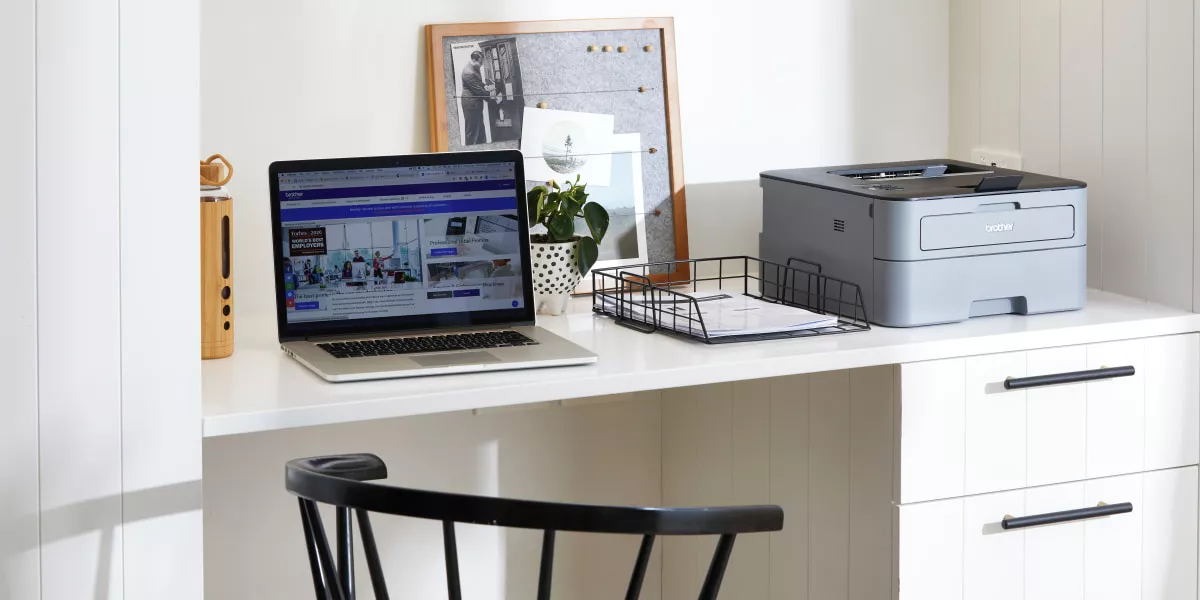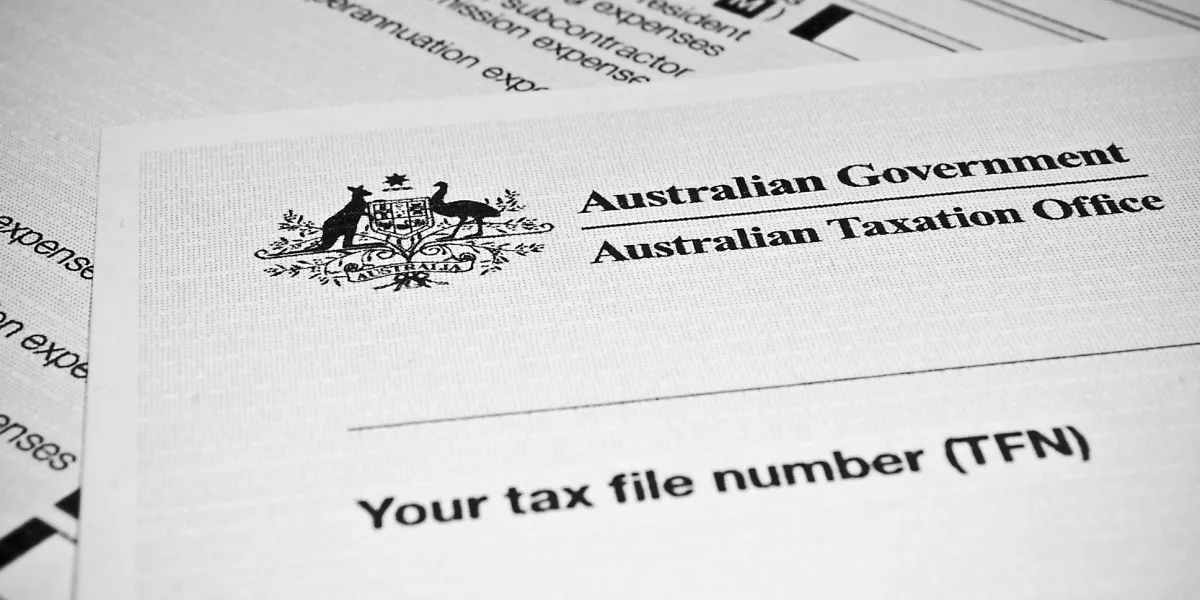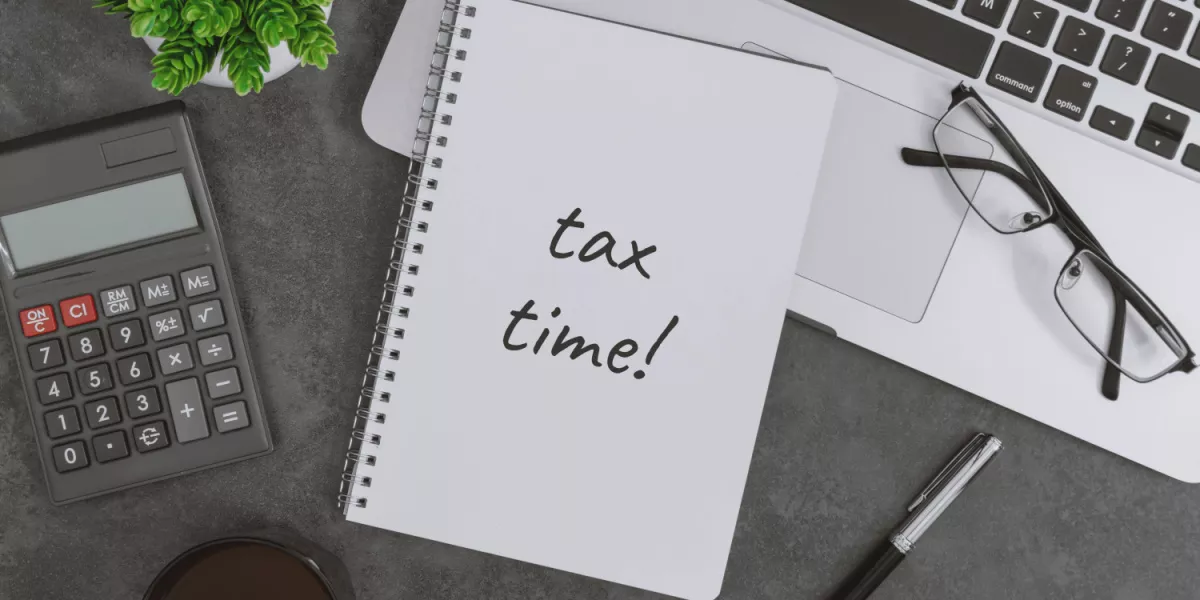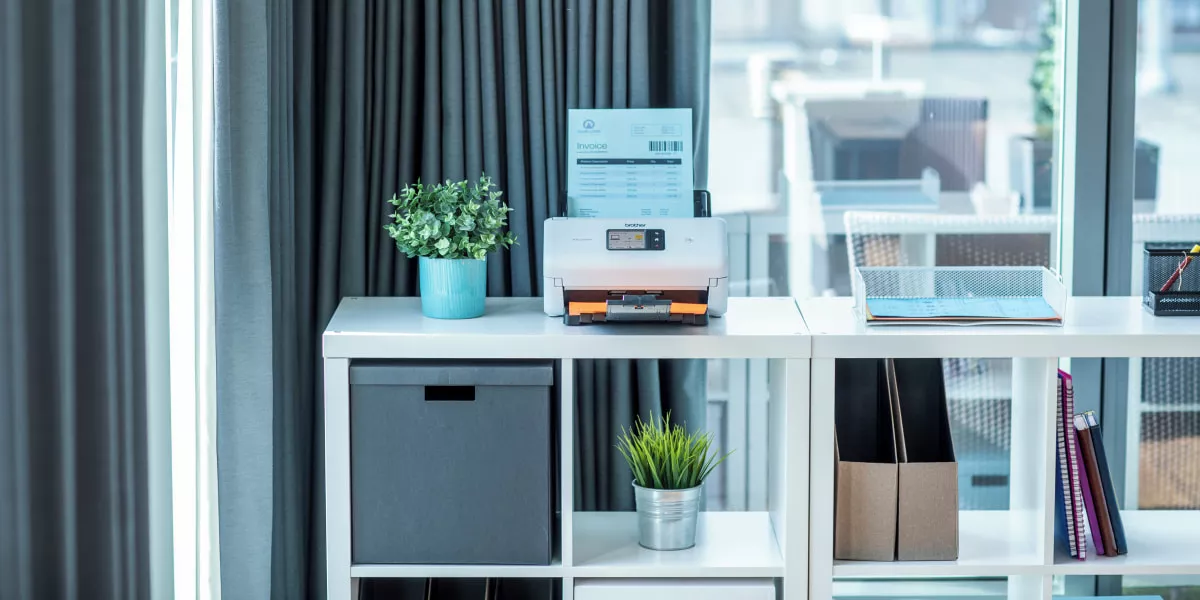What's tax deductible in your home office this year?
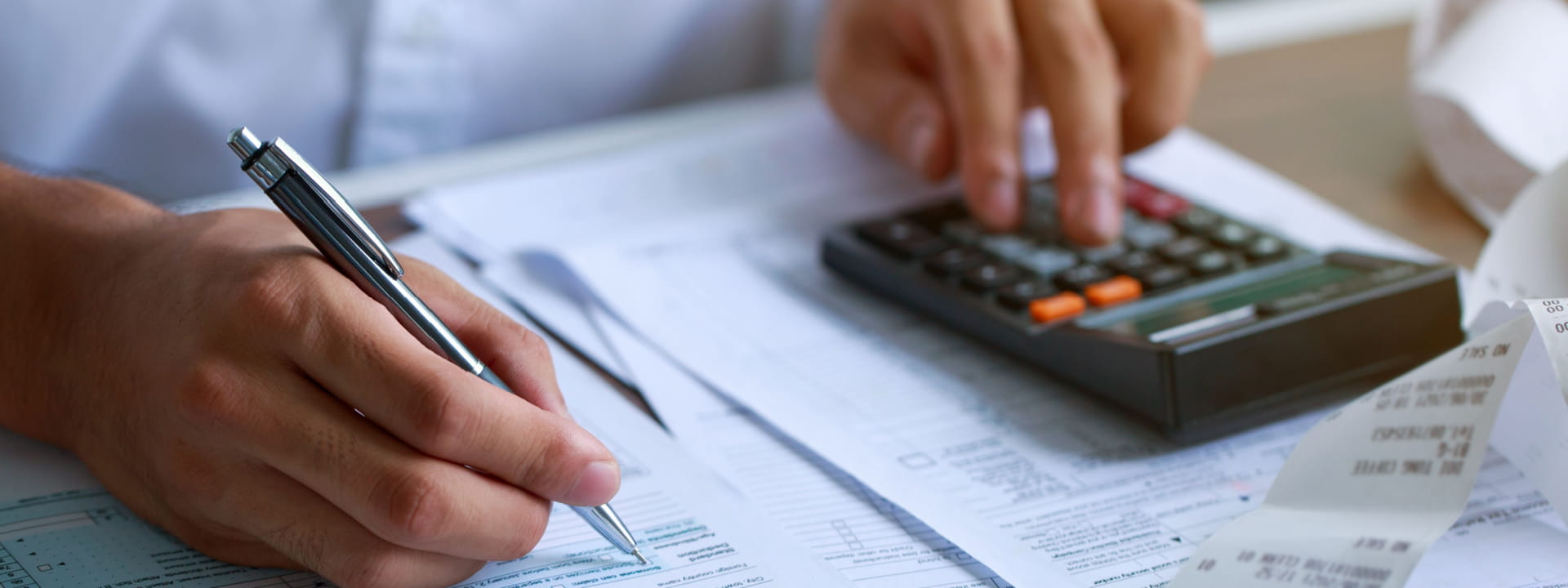
Each financial year, millions of Australians eagerly await their tax return for a much-needed cash injection.
According to Finder, lodging a tax return can provide financial relief for households struggling with the increasing cost of living. In its report, the comparison website recently uncovered that almost a quarter of Australians (23%) considered their tax return to be very important to their household budget, while 12% found it critical to their financial wellbeing.
Amidst the current circumstances, numerous taxpayers are seeking methods to maximise their refunds, which involves examining deductions for working from home.
This is especially the case given there is a significant portion of the workforce continuing to operate from home or on a hybrid basis. That's why so many workers are looking for ways to offset their home office expenses.
In this article, we break down everything you need to know about home office tax deductions, including what you can and can't claim, as well as recent changes to ATO guidelines.
Don't ignore the ATO's advice about WFH deductions
The ATO has issued a stern reminder regarding changes to work-from-home expense deductions this tax season.
That's because it continues to see shifts in the way Aussies are working and contends that it's important for taxpayers to consider whether claims reflect working arrangements this year. The ATO also strongly advises against copying and pasting prior years' claims.
Additionally, the ATO states it is focused on ensuring taxpayers understand the changes to the working from home methods, and are able to back up whatever claims they make.
Working-from-home tax deductions basics
Firstly, you'll need to check that you're eligible to claim working-from-home tax deductions. As per the ATO, this means that you must be physically working from home to do your job, not just occasionally checking emails, or taking calls in your own time.
If you want to claim deductions on any additional running expenses as a result from working from home, the tax office states you'll need to produce records that prove that you're incurring costs above and beyond your regular household expenses.
If you meet these base-level requirements, there's a good chance of claiming expenses for your home office equipment this tax time. This applies whether you work from home full-time or just a few days per week.
Furthermore, you may be able to claim other related costs like internet and phone expenses linked to work, occupancy expenses and the depreciation in value of your laptop or desktop computer, as well as office equipment like printers, photocopiers, shredders and scanners.
What can you claim on tax?
When it comes to filing your tax return, don't overlook potential deductions for your home office setup. From laptops and monitors to keyboards and printers, essential equipment can be claimed. You'll just need to ensure you comply with the ATO by staying up to date with their comprehensive guidelines on working-from-home tax deduction claims.
What can't you claim on tax in your home office?
There are some expenses the ATO is very clear that you can't claim as a working-from-home expense, irrespective of what method you use to claim. Expenses that the ATO has ruled against include coffee, tea, milk and other general household items. This applies even if your employer provides these at work.
You're also not allowed to claim costs that relate to your children's education, such as equipment like tablets and desks, subscriptions for online learning as well as items your employer provides you with, like a work laptop or a mobile phone. Also, if your employer reimburses you for a working-from-home expense you can't 'double-dip' by claiming it.
Changes to working-from-home deductions
ATO guidelines on WFH deductions have changed since last financial year and the new regime must be followed when working out deductions for FY23 tax returns. As the ATO points out, to claim work-from-home deductions this year, taxpayers must choose one of two methods: the actual cost method or the fixed rate method.
A major shift you may notice from last year is that the temporary 'shortcut method' has been removed. This method for claiming WFH expenses during the pandemic was to streamline tax time for employees forced to work from home to claim the expenses in their tax returns.
The shortcut 'rate per hour' method was a big win for many workers nationwide as it allowed claims of 80¢ for every hour worked from home, and all you had to do was keep a record of hours worked and multiply that by 80¢. This method ended 30 June 2022.
Revised fixed rate method
Along with the removal of the shortcut method, the fixed rate method is changing, with the amount you’re able to claim for each hour you WFH lifting from 52 cents to 67 cents.
You also no longer need a dedicated home office to use the method. So, it may be possible that if you work from the kitchen table or the lounge, you can still claim the fixed rate. It can be tricky to assess in some situations so it may be worth seeking financial advice.
On how to apply this method, the ATO points out that it applies from 1 July 2022 and needs to be used when working out deductions for FY23 income tax returns.
Examples of expenses included in the revised fixed rate are data and internet, mobile and home phone usage, electricity and gas, computer consumables and stationery.
You can't claim a separate deduction for any of the expenses the revised fixed rate includes, but you can claim a separate deduction for the decline in value of assets used while WFH. This could be items like computers and office furniture, and their repairs and maintenance. You can also claim this for cleaning if you have a dedicated home office.
The ATO explains the reasoning behind this year's changes as being all about making things simpler for the increasing number of Aussies working from home.
It states items that are "difficult and tedious" for everyday Australians to calculate actual work-use, like phone, internet and electricity expenses, are included in the revised rate.
By contrast, equipment that typically give taxpayers a bigger deduction, such as tech devices and office furniture, are not included and must be claimed separately.
Actual cost method
The actual cost method remains unchanged this year and allows you to claim a deduction for the actual expenses you incur by working from home.
These expenses are things like data and internet, mobile and home phone usage, power and gas, computer consumables, and stationery. Expenses also include the decline in value of assets used while working from home, and cleaning if there's a dedicated home office.
Record keeping in the spotlight
The ATO is clamping down on records regarding WFH expenses. Hence, it's a smart move to have proper evidence for a WFH expense before going ahead and claiming a deduction. As the ATO warns: if you don't have records, then don't claim the expense.
Actual cost method records
The actual cost method requires in-depth records. For instance, you'll need to know and have records of the cost per unit of power and average units used per hour. In essence, as the ATO notes, with this method you need a record for every expense you claim.
Running expenses records are particularly in the ATO's sights, with the tax office advising that that you need specific evidence to show you have incurred additional running expenses. Documents that will suffice here include receipts, bills or invoices which show the supplier, amount of the expense, nature of the goods, date it was paid and the date of the document.
Proving WFH running expenses to the ATO also means showing - if called upon - evidence of your personal and work-related use of the items or services you buy and use.
When it comes to keeping track of invoices and receipts, Brother's Desktop Document Scanner ADS-3300W can aid in digitisation efforts significantly. Through Optical Character Recognition (OCR) software, the scanner is capable of transforming paper documents into archivable and actionable data with the press of a button.
Revised fixed rate method
Proper records are also key using this method, and the ATO mentions you need a few essentials. Above all, you'll need a record of all hours undertaken from home for the whole year. This could be housed in a document like a timesheet, roster or diary.
You'll need proof you paid for the expenses being claimed. For example, if you use your phone and electricity when you work from home, keep one bill for each of these expenses.
Finally, there'll need to be detailed records for items being claimed as separate deductions.
Set yourself up for success next financial year
A new financial year represents a great opportunity to organise yourself for success in the next 12 months. Here are three easy ways to get you started.
1. Seek professional financial advice
To thrive financially, it helps to be on top of your finances all year round, not just at tax time. So, if you don't usually engage an accountant or bookkeeper to assist, now's the time to investigate if going down that route would make sense for you.
2. Plan future claims
No matter what you do, it pays to have a rough plan of any tax-deductible purchases you plan to make in the upcoming financial year. Not only will it give you an estimated work budget and help your plan for those expenses, but you'll also have a list of all your intended purchase to refer to when June rolls around again.
3. Create a digital filing system
While it may seem like a chore, your future self will thank you for digitising and sorting your records of any work expenses throughout the year. This will be especially useful for any ongoing expenses such as additional running expenses resulting from working from home.
How Brother can help you come tax time
Brother understands the challenges that come with working from home, especially when it comes to tax time. That's why we offer innovative and reliable print and scan products to make life easier for you.
By utilising our cutting-edge technology, you can be assured of quick and accurate access to essential documents necessary for your tax return. Our range of products provide features such as compact design, fast printing speeds, and user-friendly interfaces that make the tax season hassle-free. Contact us today if you'd like more information.
Please note that none of the information provided in this article is tax or financial advice.

Resource Library
Be the first to receive exclusive offers and the latest news on our products and services directly in your inbox



